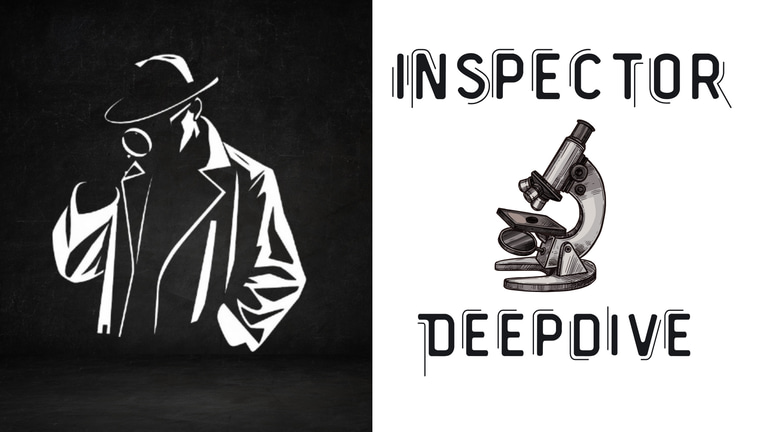What Is Vitamin D1? The Truth About This Rarely Discussed Vitamin

What Is Vitamin D1? The Truth About This Rarely Discussed Vitamin
What Is Vitamin D1?
Vitamin D1 is actually not a distinct form of vitamin D as commonly understood, but rather a historical term that was once used to describe what we now know as a mixture of vitamin D compounds. In early vitamin D research, scientists incorrectly identified multiple "types" of vitamin D, labeling them D1, D2, D3, and so on. However, modern science has clarified that vitamin D1 was likely a contamination or mixture of vitamin D2 (ergocalciferol) with other substances.
Today, the term "vitamin D1" is largely obsolete in scientific literature. When it was used historically, it referred to early crude extracts that contained various vitamin D compounds rather than a pure, distinct form. This historical misclassification serves as a fascinating glimpse into the evolution of nutritional science and our understanding of fat-soluble vitamins.
The Historical Context
In the early 20th century, researchers were just beginning to understand the complex world of vitamins. The discovery of vitamin D was particularly challenging because it existed in multiple forms and was difficult to isolate in pure form. Early researchers often worked with impure extracts and mixtures, leading to the misidentification of distinct "vitamin D" compounds.
Vitamin D1 was one of these early misclassifications. Scientists now understand that what was labeled as vitamin D1 was likely a mixture of vitamin D2 with other compounds, or possibly degraded vitamin D products. This confusion highlights the complexity of early nutritional research and the challenges scientists faced in isolating and identifying pure vitamin compounds.
Why Vitamin D1 Is Rarely Discussed Today
Modern nutritional science recognizes only two primary forms of vitamin D that are relevant to human health:
Vitamin D2 (ergocalciferol) - derived from plants and fungi
Vitamin D3 (cholecalciferol) - derived from animal sources and synthesized in human skin
The "vitamin D1" designation has been abandoned because it doesn't represent a legitimate, distinct form of the vitamin. Instead, it serves as a historical footnote in the development of our understanding of vitamin D chemistry.
Evolution of Vitamin D Understanding
This historical misclassification of vitamin D1 illustrates how scientific understanding evolves over time. Early researchers were working with limited technology and often impure samples, leading to incorrect assumptions about the number and nature of vitamin D compounds. As analytical techniques improved, scientists were able to properly identify and distinguish between the actual forms of vitamin D.
What We Can Learn From Vitamin D1
While vitamin D1 itself isn't a real vitamin form, its story teaches us valuable lessons about scientific progress and the importance of rigorous research methods. It also highlights how our understanding of nutrition has become increasingly sophisticated over the past century.
Modern Vitamin D Research
Today's research focuses on the well-established forms of vitamin D - D2 and D3 - and their roles in bone health, immune function, cardiovascular health, and disease prevention. Scientists continue to uncover new benefits and mechanisms of action for these legitimate vitamin D forms, making the historical confusion around vitamin D1 even more interesting as a contrast to our current sophisticated understanding.
Conclusion
While vitamin D1 may appear in very old literature, it represents a historical artifact rather than a legitimate form of vitamin D. Modern nutrition science recognizes only D2 and D3 as the biologically relevant forms of this essential nutrient. Understanding this historical context helps us appreciate how far nutritional science has come and reinforces the importance of relying on current, evidence-based information when making decisions about vitamin D supplementation and nutrition.
info@inspectordeepdive.com
© 2025 food.InspectorDeepDive.com. All rights reserved. Content may not be copied or republished without permission.
This article is for informational purposes only. InspectorDeepDive.com does not provide medical advice. Always consult a licensed healthcare provider before making dietary or health decisions.
